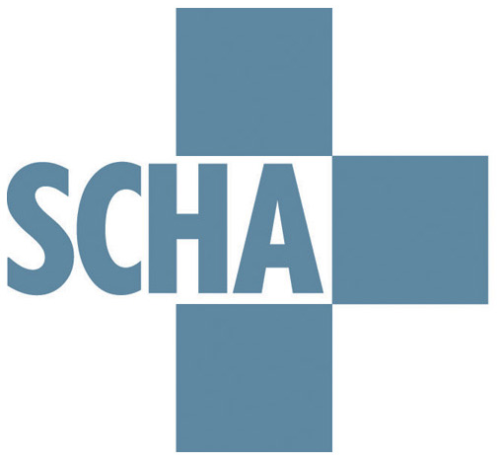This is an introduction to our series on preparing to return to ‘normal’ operations after COVID-19. Read Part 1 here, Part 2 here and Part 3 here.
While the pandemic is not over, there are indications that there is light at the end of the tunnel. The University of Washington’s Institute of Health Metrics and Evaluation’s [IHME] model that is frequently cited in the national media currently suggests that America’s peak occurred last week and that all states will experience their peaks by May 5th [projections from IHME model released on 4/20/2020]. Governments and agencies are beginning to establish policies that outline a phased approached to re-opening the economy and some have even begun to execute on those plans. There are many precautions [e.g. social distancing, testing, and contact tracing] that we must continue to follow to ensure there isn’t a resurgence of cases; however, many of our clients have started to ask themselves “How will we return to ‘normal’ operations?”
Over the past 6 weeks, hospital systems have experienced extreme financial pressures as high-margin services were cancelled and as preparation expenses mounted. Strategic planning processes were put on hold, staffing changes resulted in furloughs and reduced compensation, and in general, the operations of hospitals and outpatient clinics were disrupted. It is understandable that hospitals would want to return to normal and regain their financial footing – doing so will not be simple. CMS Administrator Seema Verma characterized the transition best, “this isn’t going to be like a light switch; it’s more like a sunrise where it’s going to be a gradual process.”
At KCG, we continue to advocate that health systems dedicate appropriate resources to maintain operations through peak COVID-19 utilization. Conversely, we feel that there are some planning considerations and topics that should be explored during this time to prepare for the return to normalcy. Over the next few weeks, we will release a multi-part series of questions and considerations ranging from short-term needs required to reboot elective surgeries, deviations from normal operations to address pent-up demand, and potential long-term implications to care delivery modalities.
As we release these discussion pieces, we ask that you share your thoughts and experiences – providing the collective best thinking to our colleagues across the healthcare industry.
Click here to read Part 1: expanding capacity to address pent-up demand.







